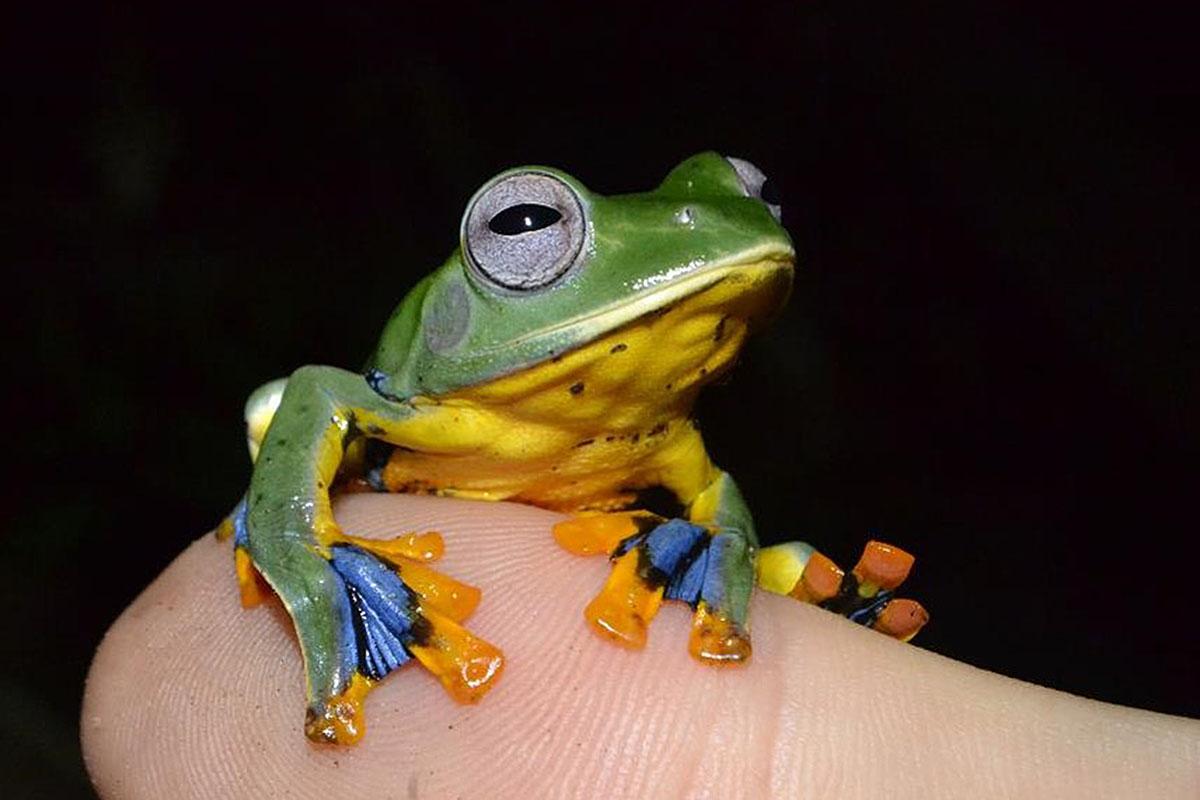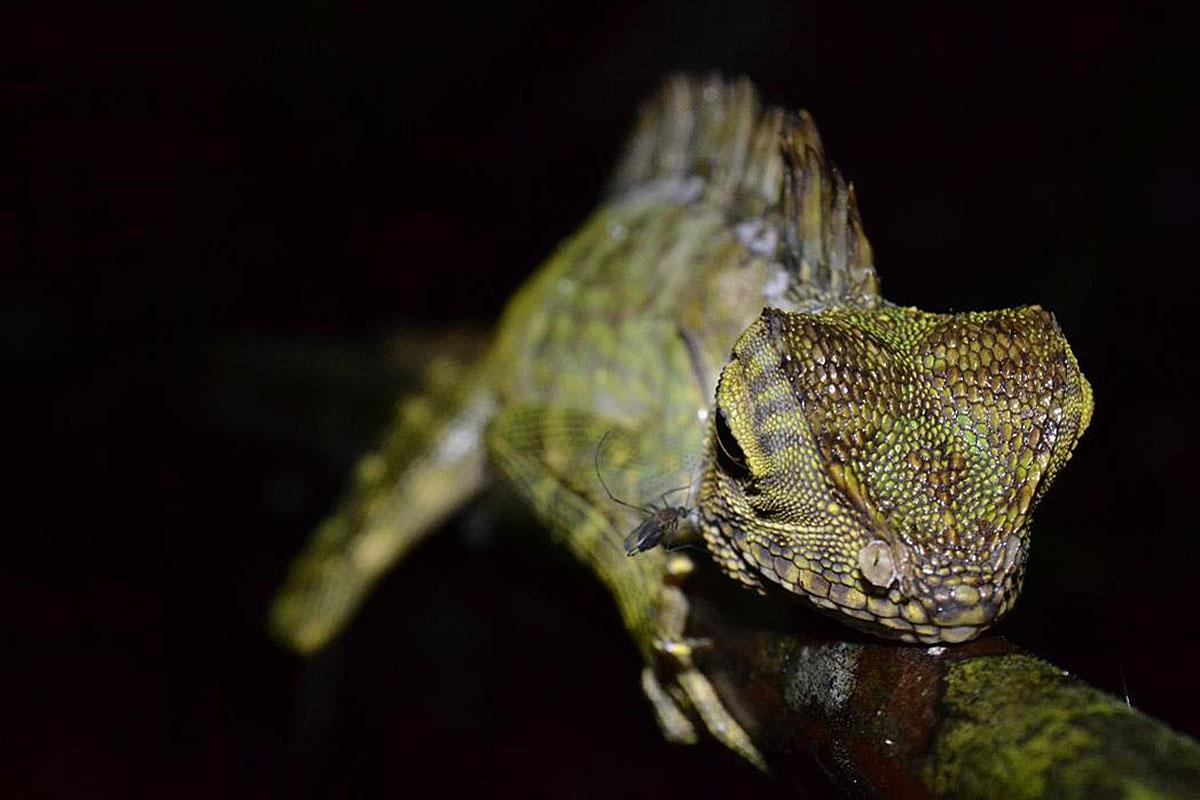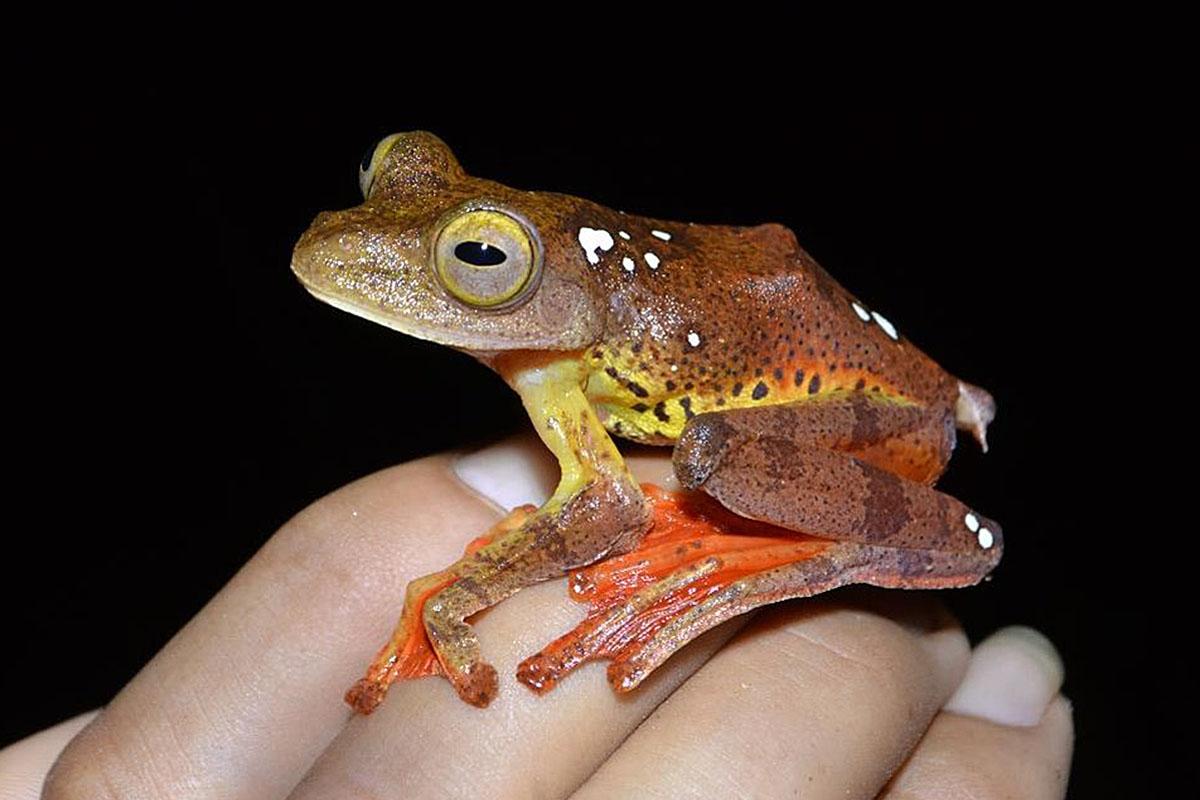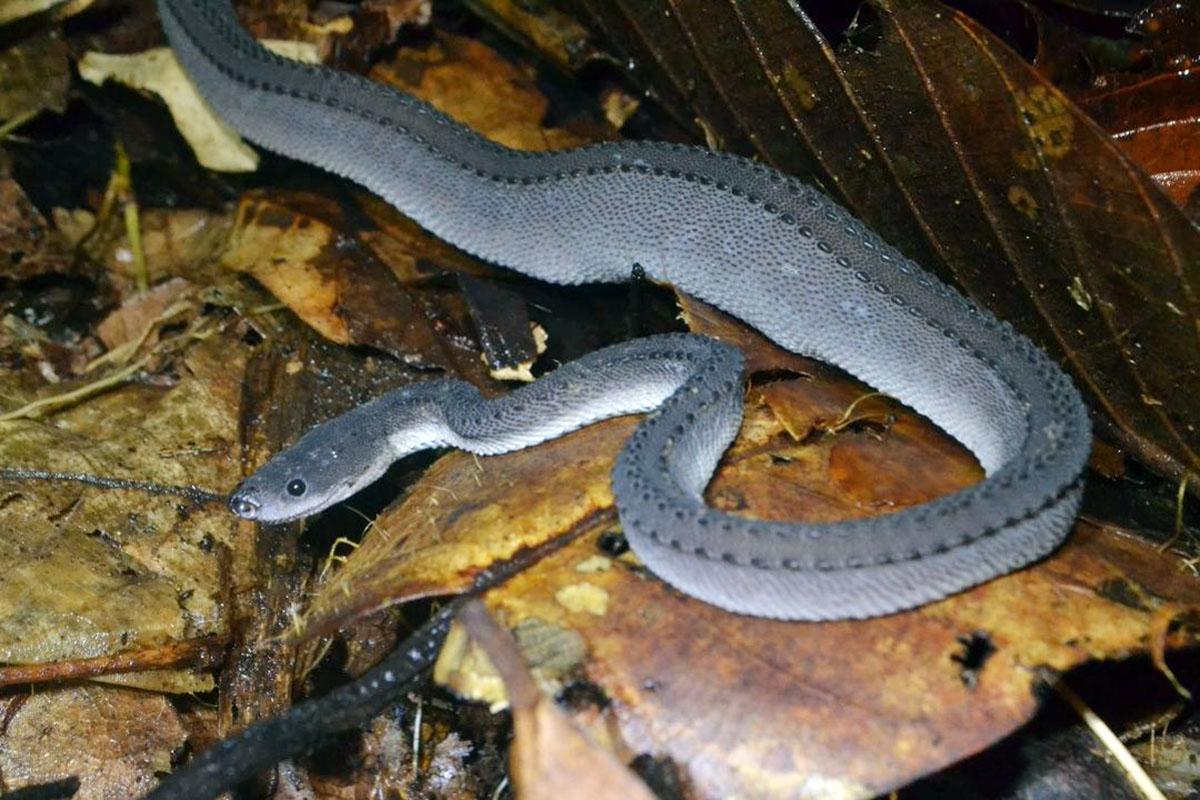Given the high herpetofauna biodiversity and unsustainable management of Borneo’s forests, information on this group’s responses to logging and recommendations for sustainable timber management are sorely needed. Therefore, this research aims to reconcile reptile and amphibian conservation with the sustainable management of Borneo’s logging reserves.
The primary goal of my research is to determine reptile and amphibian responses to different logging regimes in Borneo. Principally, what are the fine and coarse scale effects of reduced impact and conventional logging methods on herpetofauna community occupancy, abundance and ultimately, recovery times? The project goals will be addressed via two major objectives:
- How does herpetofauna community occupancy and abundance shift during and immediately after Reduced Impact Logging (RIL)?
- How does herpetofauna community occupancy and abundance vary and ultimately recover in the years following RIL and Conventional Logging (CL)?
Methods
The research is based at two logging reserves in Sabah, Malaysian Borneo; Deramakot and Tangkulap Pingah, which utilize RIL and CL methods respectively. Within the reserves I use Standardized Visual and Acoustic Transect Sampling (SVATS) to determine stream and terrestrial herpetofauna biodiversity. Analysis of data involves Bayesian community occupancy modelling and N-mixture models (abundance estimates), which also account for species detection probability.



